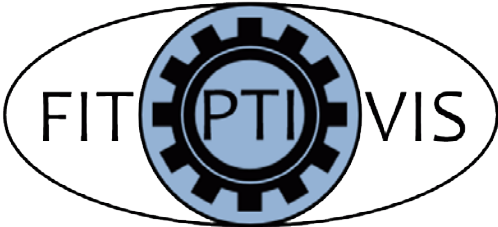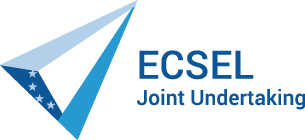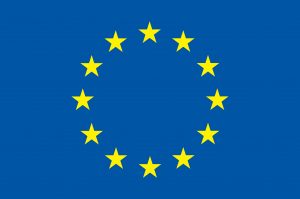Images play a central role in human perception and understanding of our environment. In the same way, Cyber-Physical Systems need visual context and awareness to make autonomous and correct decisions, and eventually take appropriate actions. However, advanced image and video processing is compute intensive and challenging. FitOptiVis will balance power demand versus performance of the increasingly complex distributed configurations in Cyber-Physical Systems, reflected in the growing number of sensors, actuators and other smart devices, their growing autonomy, and the increased need for performance. This complexity increases even more when multiple heterogeneous sensor inputs are combined for analysis and through integration of both generic and specialised devices. On top of that, CPS need to satisfy rigorous constraints on real-time behaviour, safety, security, reliability, quality, performance and energy consumption. FitOptiVis will provide end-to-end multi-objective optimisation for imaging and video pipelines of CPS, with an emphasis on the latter two elements – energy and performance.

The objective of FitOptiVis is to develop a cross-domain approach covering a reference architecture, supported by low-power, high-performance smart devices, and by methods and tools for combined design-time and run-time multi-objective optimisation within system and environment constraints. Low latency image processing is often crucial for autonomy, and performing the right interaction of the CPS with its environment. Many CPS demonstrators in the project have sensors and processing at distributed places. For many reasons (parts of) CPS have to operate on low energy, whereas the complete system needs results with low latency. The focus of the project is on multi-objective optimisation for performance and energy use. However, other qualities, like reliability, security etc. also play a role in the optimisation.
FitOptiVis will provide a reference architecture supporting composability built on suitable component abstractions and embedded sensing, actuation and processing devices adhering to those abstractions. The reference architecture will support design portability, on-line multi-objective quality and resource management and run-time adaptation guaranteeing system constraints and requirements based on platform virtualization.
Project duration: 1 June 2018 – 31 May 2021
Acknowledgement
 This project has received funding from the ECSEL Joint Undertaking (JU) under grant agreement No 783162. The JU receives support from the European Union’s Horizon 2020 research and innovation programme and Netherlands, Czech Republic, Finland, Spain, Italy.
This project has received funding from the ECSEL Joint Undertaking (JU) under grant agreement No 783162. The JU receives support from the European Union’s Horizon 2020 research and innovation programme and Netherlands, Czech Republic, Finland, Spain, Italy.
 Any dissemination of results must indicate that it reflects only the author’s view and that the JU is not responsible for any use that may be made of the information it contains.
Any dissemination of results must indicate that it reflects only the author’s view and that the JU is not responsible for any use that may be made of the information it contains.